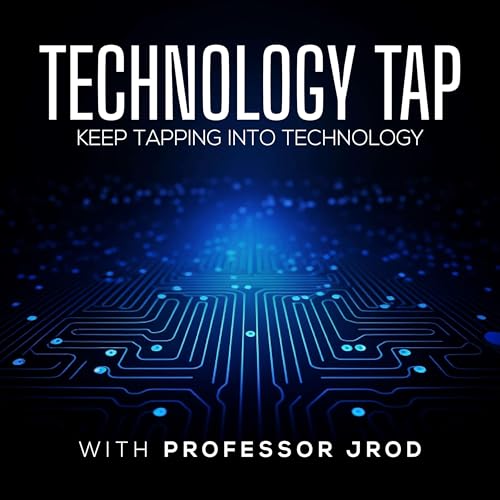professorjrod@gmail.com
Printers and multifunction devices are more than just simple office tools—they're intricate systems combining optical, thermal, mechanical, and networked computing components. In this episode, we decode printer technology and its critical role in business operations, highlighting how these devices impact IT skills development and technology education. From unboxing to output, we explore the key decisions that keep your pages moving smoothly while safeguarding your data. Whether you're preparing for CompTIA exams or seeking practical IT certification tips, this episode offers valuable insights into managing printer technology within your IT infrastructure.
Instructional Downloadable Resource Guide
https://www.professorjrod.com/downloads
We start with fit-for-purpose buying—matching speed, DPI, trays, duplexing, and duty cycle to real workloads—then move to placement and environment, where airflow, humidity, and power quality determine whether a fleet runs smoothly or jams at 4:58 p.m. Firmware strategy matters more than most shops admit: back up configs, schedule updates, and never interrupt a flash. On connectivity, we compare USB simplicity against Ethernet and Wi‑Fi flexibility, then layer in drivers and PDLs—PCL for speed, PostScript for precision, XPS for Windows pipelines—plus the color logic of CMYK. You’ll hear clean exam clues for the A+ and practical tells for real-world triage, like when a single user’s issue is just a preference and not a driver.
Inside the box, we translate the seven-step laser process into actionable troubleshooting: charging, exposing, developing, transferring, fusing, and cleaning each leave fingerprints—smears, ghosting, or blank pages—that point straight to the failing part. We round out the print tech tour with inkjet (thermal vs piezo), thermal printers (direct vs transfer), and impact units for multipart forms. Then we head to the network, where DHCP reassignments, wrong ports, and spooler crashes derail entire floors. Print servers centralize power and risk, and mobile/cloud printing adds discovery quirks and new attack surfaces.
Security is the blind spot: printers hold disks, address books, and cached jobs. We lay out the must-haves—PIN or badge release, secure erase, firmware signing, role-based access, and segmentation—so confidential pages don’t land in the wrong tray and default passwords don’t become open doors. We finish with ethics, because technicians handle sensitive data and trust is the real SLA. If you want sharper troubleshooting, stronger security, and higher A+ exam confidence, this one’s a field guide you’ll use tomorrow.
Enjoyed the deep dive? Follow @ProfessorJRod, share this episode with your IT team, and leave a review so more techs can find it.
Support the show
Art By Sarah/Desmond
Music by Joakim Karud
Little chacha Productions
Juan Rodriguez can be reached at
TikTok @ProfessorJrod
ProfessorJRod@gmail.com
@Prof_JRod
Instagram ProfessorJRod
 24 分
24 分 29 分
29 分 2025/12/1429 分
2025/12/1429 分 27 分
27 分 32 分
32 分 26 分
26 分 31 分
31 分 30 分
30 分
